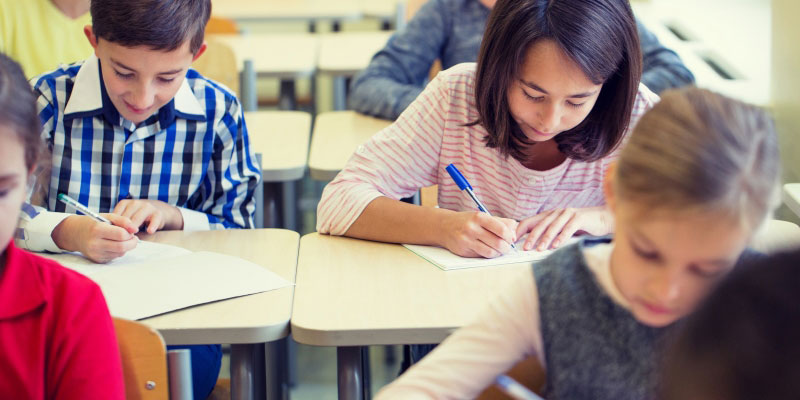More spending on public schools not producing better results in Nova Scotia

Policymakers in Nova Scotia often make the mistake of thinking that more spending on education produces better results. In reality, per-student spending on public schools in the province is well above the national average—yet Nova Scotia students perform relatively poorly on testing. Simply put, more spending on public education doesn’t always mean better results, and policymakers should focus more on how money is spent.
Let’s take a closer look.
A new study by the Fraser Institute found that between 2013/14 and 2017/18 (the latest year of comparable data), nominal spending on public schools in Nova Scotia increased by 19.0 per cent—or $279 million. The increase occurred despite student enrolment falling by 1.7 per cent over the period. In fact, Nova Scotia had the highest increase in education spending in Canada while also experiencing the third-largest decline in enrolment.
After accounting for inflation and drop in enrolment, $14,726 per student was spent in Nova Scotia on public schools in 2017/18—the fourth-highest level of spending in the country and well above the national average ($13,798).
Despite the rapid increase in per-student spending in Nova Scotia, student performance on standardized tests remained largely unchanged. According to PISA results, the gold standard of international testing, the province’s student performance ranks in the middle of the pack in Canada (again, despite the high level of spending).
In other words, Nova Scotians pay well above the national average for their public school system but see middle-of-the-pack results. This suggests the province’s poor student performance is not due to insufficient spending.
So what’s going on?
To understand potential reasons why higher spending doesn’t necessarily equal better student performance, it’s useful to consider the different models of education delivery across provinces. For example, in Quebec, where there’s a high rate of independent school attendance, per-student spending ($12,430) is about 15 per cent less than in Nova Scotia ($14,726). In fact, Quebec has the lowest per-student spending of any province. Yet according to PISA results, Quebec routinely outperforms Nova Scotia in all three PISA subjects—science, reading and math.
Quebec provides a fairly basic public-school system with almost all of the diversity and choice (including religious-based education and alternative programs such as English-language or special needs education) provided by independent schools. Nearly one in eight students in Quebec attend independent schools.
In contrast, Nova Scotia has a much lower rate of independent school attendance (partially because the province provides no government financial support to parents for independent schools), with less than three in 100 students attending independent schools.
Clearly, Nova Scotia relies much more heavily on the public school system to deliver education than provinces such as Quebec, which rely more heavily on independent schools.
If Nova Scotia policymakers want to improve the performance of the province’s students, they should look at other provinces including Quebec for ways to reform education spending and delivery. More spending does not guarantee better student results. Instead, the evidence suggests Nova Scotia could spend less—and improve student performance—through education reform.
Authors:
Subscribe to the Fraser Institute
Get the latest news from the Fraser Institute on the latest research studies, news and events.


